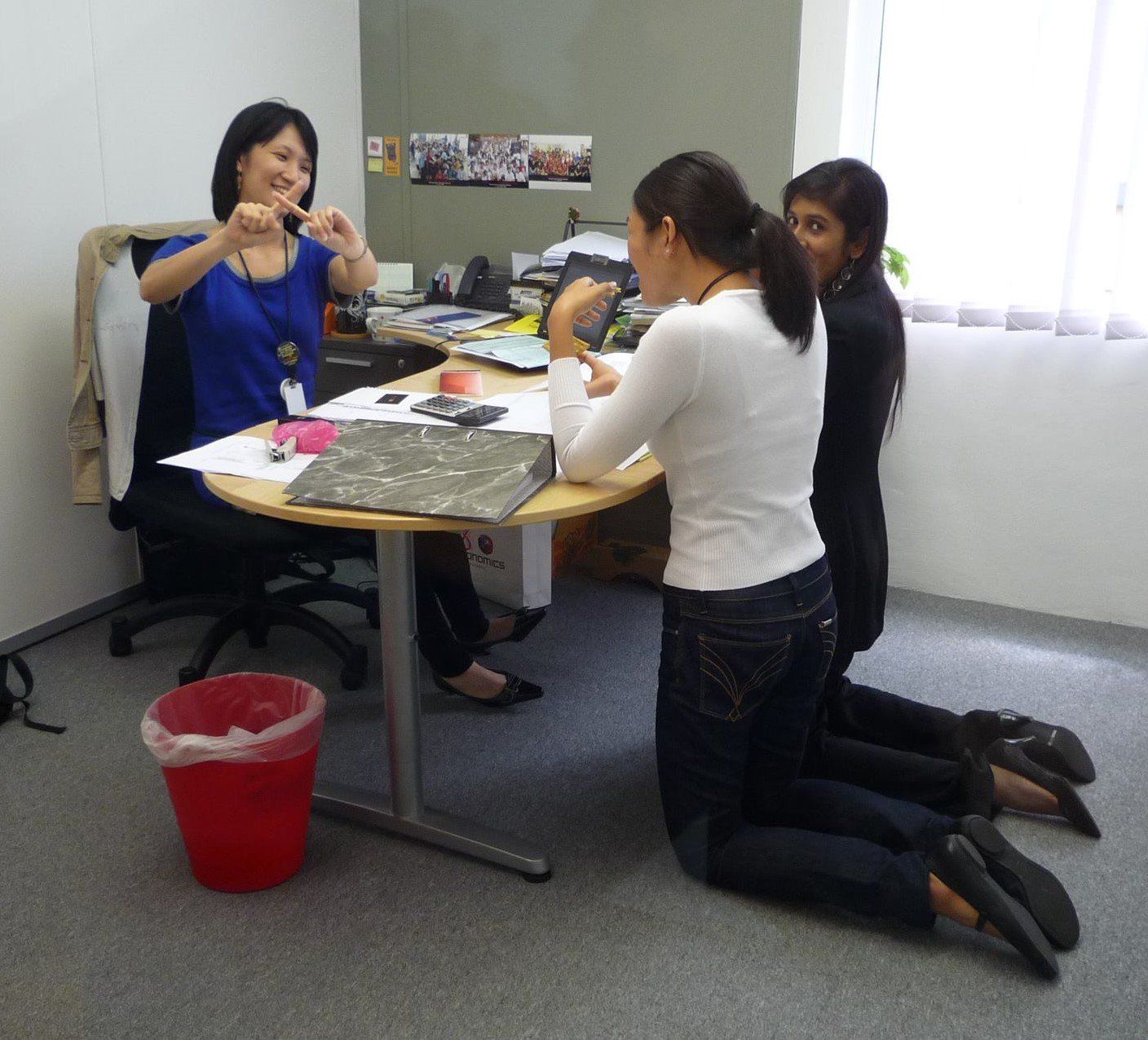How to Optimise Your Printing Budget

Photo by freepik @ freepik
The initial stage for making the most of your budget involves carefully assessing how much printing you truly need. Often, businesses assume they require more printed materials than necessary, resulting in avoidable expenses. You should also keep track of what you regularly print and check if all those materials are really needed. Think about if some papers could be made digital or shared electronically instead of printing them. By knowing your real need for printing, you can decrease waste and use money smarter.
Choose the Right Equipment
Pay attention to the type of printing equipment you select, as it impacts budget optimisation. Even if it is appealing to choose the least expensive one, low-quality printers can result in more costs over a period of time because they often break down and need maintenance frequently. They may also use ink or toner inefficiently which increases expenses on supplies. So, concentrate on choosing printers that balance quality with speed and cost-effectiveness. For those who use a printer at work, it's good to think about the cost of ink and how often you need new cartridges. Also, some businesses may benefit from buying more expensive equipment that can handle larger volumes or special printing needs. Think about getting laminators too if your business requires printed materials that are tough and last long.

Use Economical Printing Practices
Employing economical printing techniques can produce notable savings. The easiest method to lessen the costs of printing is by employing the draft or economy mode on your printer for internal documents that do not demand high-quality output. To save paper, always print double-sided if it's possible. Think about arranging a main print system where every worker sends their printing work to one, better printer instead of many small printers spread across the office. This method might assist in managing print amounts and lowering total expenses.
Read more: Embroidery vs. Printing: Making The Right Choice For Your Brand
Monitor and Track Usage
For a good handle on your printing budget, it's important to keep an eye on the usage of printing. Using print management software can give you precise reports about who is doing the printing and how much they are doing it. By knowing your patterns in printing, you may find spots where you can possibly decrease usage. For instance, in the situation where some departments are printing too much, you could inquire into whether all those materials are truly needed or if digital substitutes can be utilised. Frequent checking also aids in identifying inefficiencies at the start so that adjustments can be made before expenses become unmanageable.
Negotiate with Suppliers
Dealing with your suppliers is another important method to get the most value from your printing budget. No matter if you are buying machines, ink, paper or other items, it's good to negotiate for reduced prices - particularly when making large purchases or if you have been a customer for many years. Checking around and comparing costs from various vendors is also an activity that could save money. Sometimes, you can save considerable money by changing your supplier. Keep in mind that suppliers are usually ready to give their best deals for holding on to their faithful customers. Therefore, utilse this fact while talking about contracts or making orders with them.
Plan for the Long Term
For keeping an optimised printing budget, it is important to plan for the long-term. Instead of buying things as you need them, think about your future printing needs and set aside money accordingly. This could involve saving money for equipment upgrades or putting funds into better printers that are cheaper in the long run or also bulk buying supplies with a discount rate. Besides, you should plan print runs carefully so as not to make too many prints. Doing this will prevent wasted materials and costs that are not needed. By thinking beforehand and choosing wisely, you can ensure your printing budget remains manageable in the long term.

Supplementary reading: The Evolution of Administrators: Embracing AI and Honouring Human Skills
To make the most of your printing budget, you need to balance several factors such as evaluating wisely, selecting smart equipment, acting economically, monitoring diligently, negotiating effectively and planning for long-term benefits. By putting these methods into action, it's possible for your business to lessen costs related to printing while still keeping up with quality and speed requirements of printed materials. When thinking about the best ways to use your money for printing needs - whether that is reconsidering what kind of equipment suits you or finding better deals with suppliers - each small step can help create a smoother and cost-friendly process related to print work.
Leaderonomics.com is an advertisement-free website. Your continuous support and trust in us allow us to curate, deliver and upkeep the maintenance of our website. When you support us, you enable millions to continue reading for free on our website. Will you give it today? Click here to support us.
Be sure to check out the media below:
Business
Tags: Alignment & Clarity, Business Management, Building Functional Competencies, Communication, Competence
Jennifer is an online digital media specialist for Tri North Media. She regularly contributes business and tech tips to various publications.





